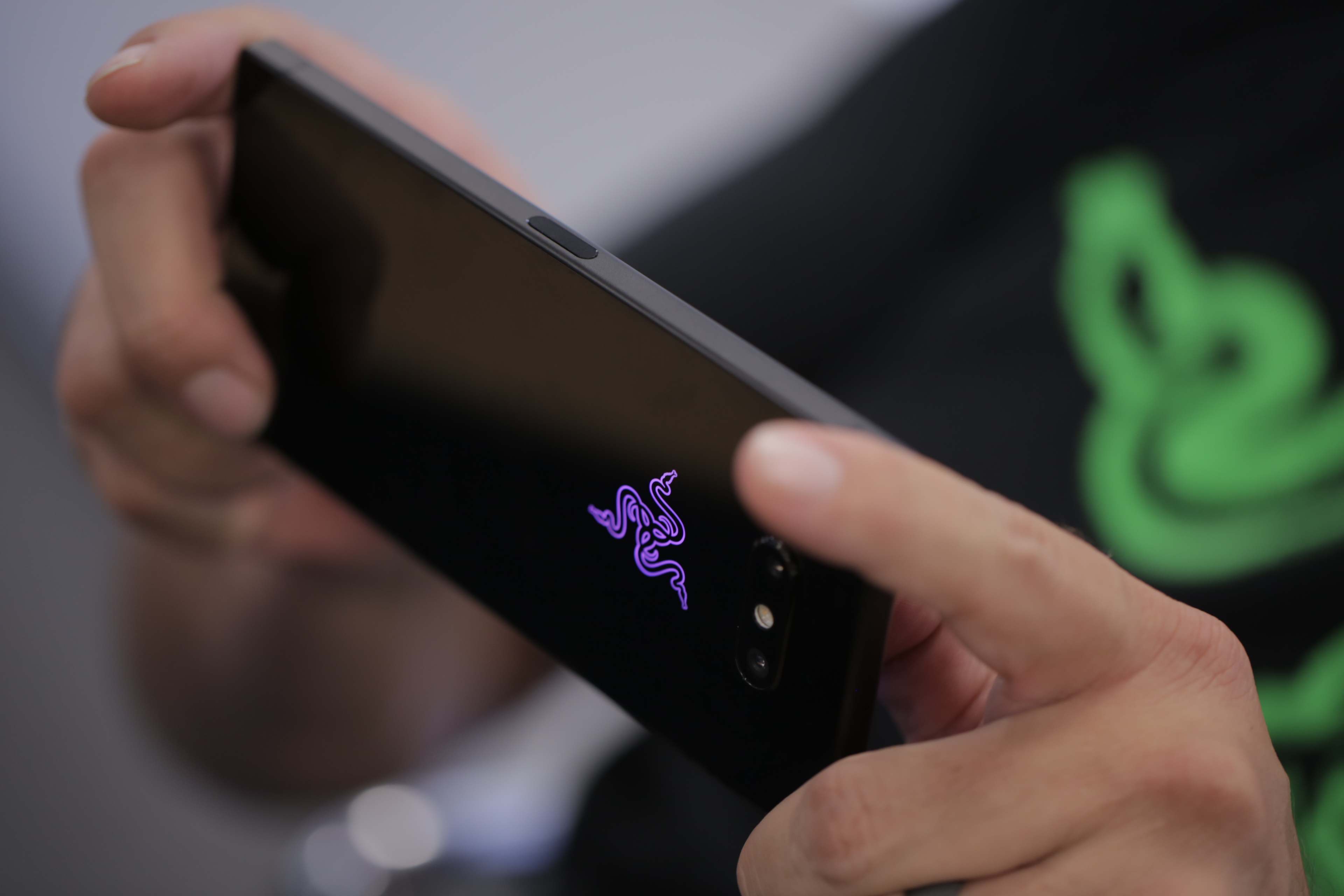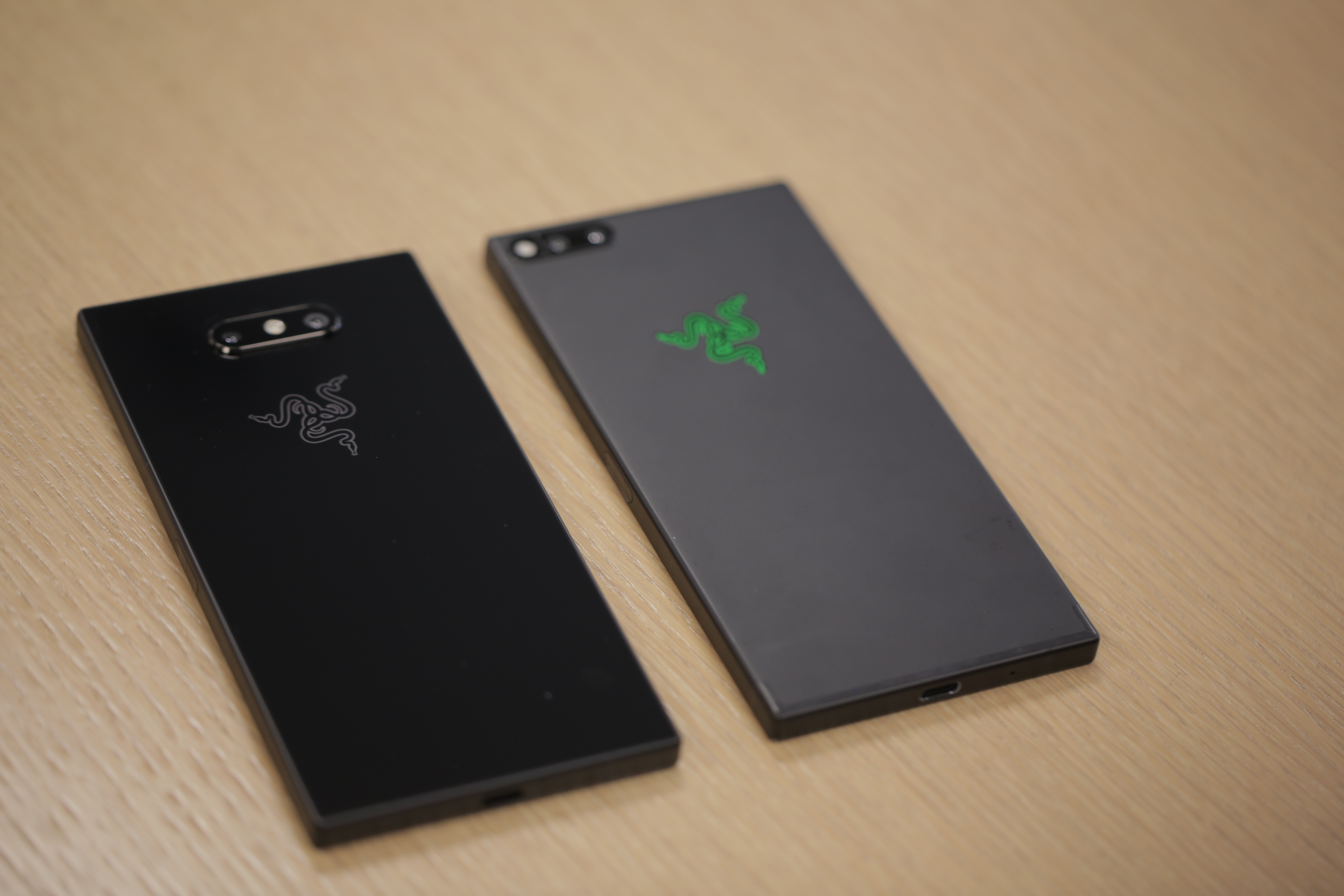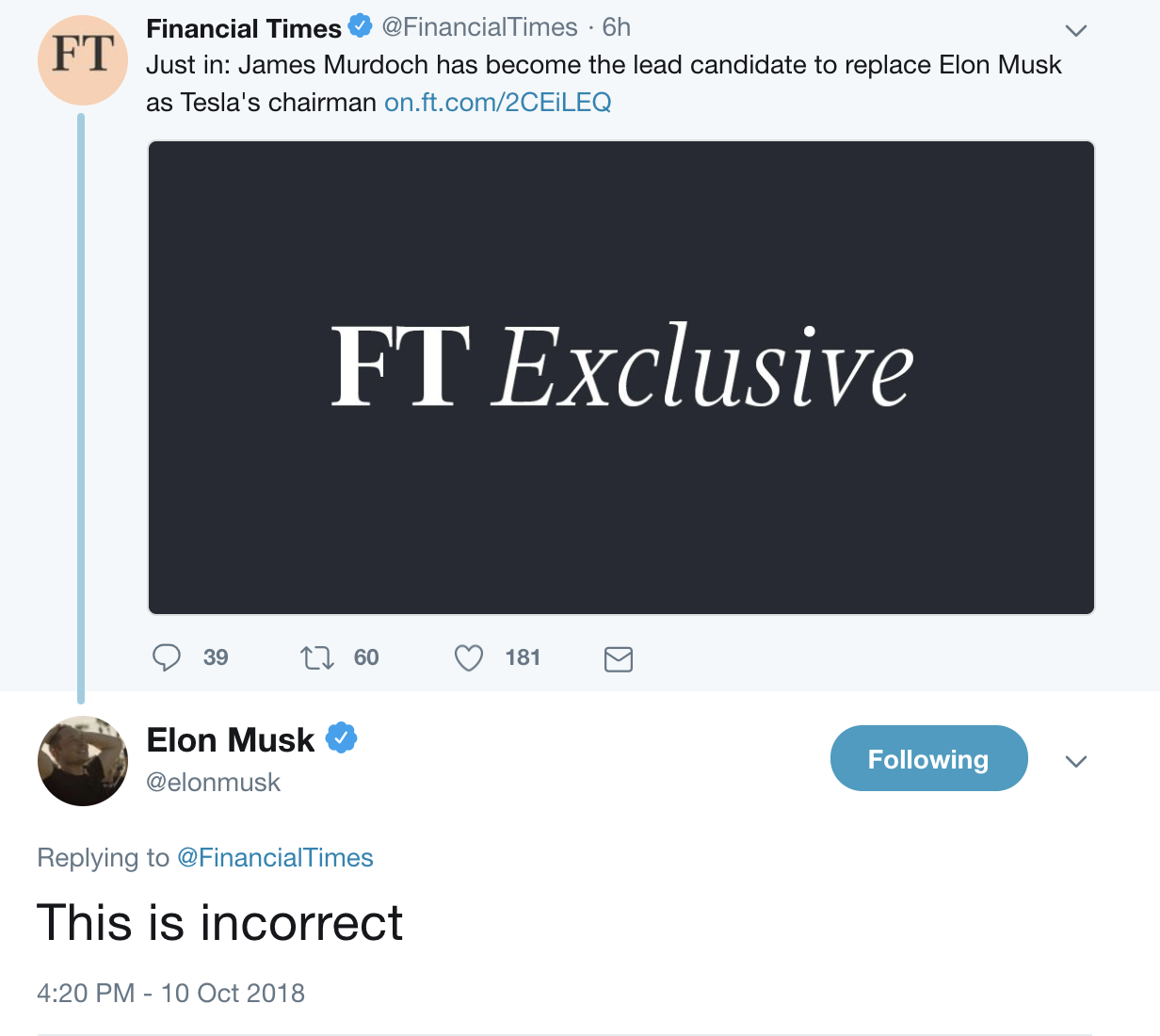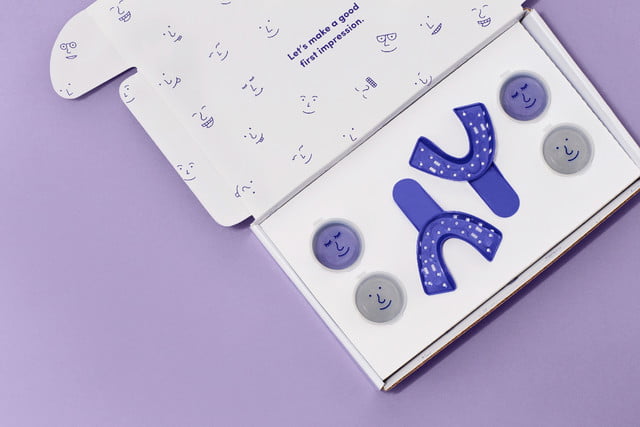Music
Trailers
DailyVideos
India
Pakistan
Afghanistan
Bangladesh
Srilanka
Nepal
Thailand
StockMarket
Business
Technology
Startup
Trending Videos
Coupons
Football
Search
Download App in Playstore
Download App
Best Collections
Technology
Enterprise cloud service management company ServiceNow announced today that it will acquire FriendlyData and integrate the startupnatural language search technology into apps on its Now platform. Founded in 2016, FriendlyData natural language query (NLQ) technology enables enterprise customers to build search tools that allow users to ask technical questions even if they don&t know the right jargon.
FriendlyDataNLQ tech figures out what they are trying to say and then answers with text responses or easy-to-understand data visualizations. ServiceNow said it will integrate FriendlyDatatech into the Now Platform, which includes apps for IT, human resources, security operations, and customer service management. It will also be available in products for developers and ServiceNowpartners.
In a statement, Pat Casey, senior vice president of development and operations at ServiceNow, said &ServiceNow is bringing NLQ capabilities to the Now Platform, enabling companies to ask technical questions in plain English and receive direct answers. With this technical enhancement, our goal is to allow anyone to easily make data driven decisions, increasing productivity and driving businesses forward faster.&
The acquisition of FriendlyData is the latest in ServiceNowinitiative to reduce the friction of support requests within organizations with AI-based tools. For example, it launched a chatbot-building tools called Virtual Agent in May, which enables companies to create custom chatbots for services like Slack or Microsoft Teams to automatically handle routine inquiries such as equipment requests. It also announced the acquisition of Parlo, a chatbot startup, around the same time.
- Details
- Category: Technology
Read more: ServiceNow to get FriendlyData for its natural language search technology
Write comment (92 Comments)Razer is quick to refute any suggestions that its second phone is little more than an iterative update. Sure, the thing looks remarkably identical to its predecessor from the front, but the innards are certainly souped up — and therea snazzy new back to match.
As the company puts in the Razer Phone 2 press materials, &we wanted to keep the core Razer industrial design intact with a CNC aluminum frame flanked by powerful dual front-firing stereo speakers.&
Fair enough. The first Razer Phone wasn&t the prettiest handset on the market, but that was never the point. The gaming peripheral company entered the mobile market with one very clear motive in mind: helping usher in a new age of serious smartphone gaming. It follows, then, that the Razer Phone 2 sports some beefy specs to match.

Razernot quite at the point in its mobile story where custom silicon makes sense, so the companyrelying on the the latest Snapdragon (845), instead. What is custom, however, is the vapor-chamber cooling system inside, which dissipates surface heat for intense game play. In all, the company says itable to eke out a 30 percent bump in performance over gen one.
The battery is the same size, at a still impressive 4,000mAh — though this time coupled with Qi for fast wireless charging. Ita beefy battery in a beefy phone. Itnot the slickest design out there, compared to flagships by Apple and Samsung, but itbuilt like a damn tank. ItalsoIP67 rated water-resistant and dust proof.
As mentioned above, the front-facing speakers are still intact from the first generation, and they can get plenty loud, as evidenced by the demo Razer gave us ahead of todayevent. Those are tuned withDolby Atmos.
At 5.7 inches, the screen is the same size as the first generation. I&m a bit surprised the company didn&t go a bit larger this generation — gaming is one of the stronger arguments for large screens on mobile devices. That said, Razerincreased the brightness by half and improved color accuracy.

While, as expected, the front looks pretty much exactly like the first gen&s, the backbeen souped up a bit. The familiar tri-headed snake logo lights up now, with 16.8 million color options. There are different settings for the light, including the ability to have it light up with notifications based on different apps — so, light blue for Twitter, red for Gmail. You get the picture.
Of course, having a light-up logo on the back would be silly, so the companycreated a case with a cutout, specifically to showcase the new lighting rig.
Razer managed to maintain a decent price point here. At $799, itnot cheap, but ita couple hundred bucks below the latest from Apple and Samsung. Preorders start tomorrow.
- Details
- Category: Technology
It4:20 p.m., which means Tesla CEO Elon Musk might be tweeting.
This time, the billionaire entrepreneurtweet debunked a Financial Times article from Wednesday that reported Twenty-First Century Fox CEO andTesla board member James Murdochwas the lead candidate to take Muskchairman spot. Musk agreed in a September 29th settlement with the U.S. Securities and Exchange Commission to step down as chairman within 45 days. Musk, who didn&t not admit wrongdoing under the settlement, was also fined $20 million. Tesla was also fined and the company agreed to other conditions, including adding two independent board members.
Musk tweeted that the report is &incorrect.&
The FT report, which cited unnamed people who were briefed on the chairman discussions, also notedMusk favored Antonio Gracias, Teslalead independent director. Musk was reportedly advisedthat Gracias may not be considered independent enough.
The Musk tweet was sent at 4:20 p.m. PT, which is obviously a complete coincidence and has absolutely nothing to do with marijuana or a &wink wink nudge nudge& reference to what kicked off the SEC investigation and securities fraud complaint.

TheSEC complaintalleged that Musklied when he tweeted on August 7 that he had &funding secured& for a private takeover of the company at $420 per share. Federal securities regulators reportedlyserved Tesla with a subpoenajust a week after the tweet. Investigations can take years before any action is taken, if at all. In this case, charges were filed just six weeks later.
The complaint contains a number ofeye-browing raising details, including that he had talked to the board about an offer to take Tesla private as early as August 2 when he sent to Teslaboard of directors, chief financial officer and general counsel an email with the subject, &Offer to Take Tesla Private at $420.&
According to the complaint, Muskcalculated the $420 price per share based on a 20 percent premium over that dayclosing share price because he thought 20 percent was a &standard premium& in going-private transactions.
This calculation resulted in a price of $419. Musk stated that he rounded the price up to $420 because he had recently learned about the numbersignificance in marijuana culture and thought his girlfriend &would find it funny, which admittedly is not a great reason to pick a price,& according to the complaint.
The judge presiding over the agreement has asked the SEC and Musk to submit a letterby Oct. 11 before approving the settlement.
- Details
- Category: Technology
Read more: Elon Musk hits back: James Murdoch is not the lead candidate for Tesla chairman spot
Write comment (91 Comments)Gogoprint, a startup that is aiming to disrupt the traditional printing industry in Southeast Asia, has pulled in a $7.7 million investment as it prepares to expand its business in Asia Pacific.
We first profiled Gogoprint in 2016 soon after its launch the previous year, and since then the Bangkok-based company has expanded beyond Thailand and into Singapore, Malaysia and Indonesia. Now, the company is looking to go beyond Southeast Asia and enter Australia, New Zealand, South Korea and other markets over the coming 12 months.
Those moveswill be funded by this Series A round, which is led by existing Gogoprint backerOPG (Online Printing Group), an investment firm from Kai Hagenbuch who was an early backer of Brazil-based Printi. Printi previously sold a chunk of its business to printing giant VistaPrint through a 2014 investment and it is generally heralded as a startup success within its space.
Gogoprint claims to have worked with 45,000 companies to date. Its core services include printed business cards, flyers, booklets, posters and more, in addition to marketing collateral such as promotional pens, other stationary and flash drives.
Printing isn&t a particularly sexy space from the outside, but Gogoprint is aiming to upend the industry in Southeast Asia using something known as &batching.& That involves bundling a range of customer orders together for each print run to ensure that each sheet thatsent to the printer is filled to capacity, or near capacity.
That sounds obvious, but traditional printing batches were almost always below capacity because each customer ordered individually with little option for batching. Gogoprint uses the internet to reach a wider number of customers which, using technology to batch jobs, means that it canhandle more orders with fewer printer runs. That translates to cost savings for its business and lower prices for its customers. There are also benefits for the printers themselves, as they are guaranteed volume, which is no sure thing in todayincreasingly digital world.
Gogoprint joint managing director David Berghaeuser — who founded the company with fellow co-founderAlexander Suess — told TechCrunch that the companymain pivot has been away from the idea it needed to own its printing facility in-house.
&When we started, we had this impression that as an online printer eventually we needed to own and operate our own machinery. But over one or two years we had a mindset shift when we realized therethis option to operate this model as a pure marketplace — we&re definitely a marketplace and do not plan to own any printing machinery,& he explained.
A large part of that is because in Southeast Asia it simply isn&t practical to ship products overseas, both in terms of time and also the cost and hassle of importing. So Gogoprint has local partners in each market that it works with. Rather than &disrupting& the system,Berghaeuser argued that his company is making the process more efficient.
Gogoprint staff at the companyoffice in Bangkok, Thailand
Gogoprint currently has around 125 staff, and there are plans to grow that number by an additional 30. In particular,Berghaeuser said the company is building out an internal structure that will enable it to scale — that includes the recent hiring of a CTO.
Berghaeuser explained that the company focuses on larger clients — such as Honda, Lazada and Lion Air — because of their higher average basket size and a higher chance of repeat customers, which he revealed is 60 percent on average.Thatachieved with a few tricks, which includes no design software on the website. Instead, Gogoprint customers upload their completed designs in any format. While he conceded the formats can be a pain,Berghaeuser clarified that the approach minimizes more hobbyist-type business, although he did say that the company is happy to work with customers of all sizes.
Gogoprint claims it grew its customer numbers by 200 percent over the past year but itdeclined to provide revenue details. Berghaeuser did say the company has a path to profitability thathelped by &healthy& profit margins of 30-80 percent depending on the product.
Hagenbuch, the early backer of Printi in Brazil, is convinced that Gogoprint is on to a good thing in Asia.
&There are a handful of big-name online printers operating in the region. However, each of them haslocalized operations as they have been unable to truly expand regionally into Southeast Asia due tooperational and market form factors,& he said in a statement
&Gogoprint has found the right formula to win more and morecustomers by creating true value: providing something thatbetter at a cheaper price point, and withenhanced speed to market,&Hagenbuch added.
- Details
- Category: Technology
Read more: Gogoprint raises $7.7 M to expand its online printing company in Asia Pacific
Write comment (98 Comments)Aurora, the buzzy self-driving car startup, has become the first company officially authorized by the Pennsylvania Department of Transportation to test its vehicles on public roads.
Aurora has been testing its autonomous vehicles on public streets in Pittsburgh since late 2017. And other companies such as Argo AI also test autonomous vehicles there. So receiving an &authorized tester& designation might seem a bit backwards.
Welcome to the wacky world of autonomous vehicles, where the state and local agencies are often playing policy catch-up to technological advancements.
Pennsylvania, and specifically Pittsburgh, is already a hotbed of AV testing and research withCarnegie Mellon University, Aurora, Argo AI and Uber ATG all located in the area.
This authorized tester designation is part of anautomated vehicle testing guidance developed by a task force and released in July. The guidance is meant to help regulators better monitor and track autonomous vehicle testing in the state.
The key word in there is &guidance.&Pennsylvania law allows testing of highly automated vehicles as long as therea licensed driver behind the wheel who can take control if needed.
In other words, going through an application process to become an authorized tester is voluntary. And Aurora was the first to comply.
Aurora explained in a blog post Wednesday that itvoluntarily complied with PennDOTrequest &because we believe this will help the communities in and around Pittsburgh to be aware of Aurora, our testing, our commitment to safety, and our vision for a self-driving future.&
Aurora will provide PennDOTinformation about where ittesting, the conditions under which it tests, the internal checks and safety measures used, the vetting and training of vehicle operators and details about how its self-driving system works.
Aurora doesn&t hire independent contractors as test drivers. Instead it uses full-time employees who go through a 12-week training programthat includes a defensive driving course and coursework on how to operate the self-driving system safely. The test drivers undergo weekly, quarterly and annual refresher trainings, according to Aurora. The company also requires two people in test vehicles when driving in autonomous mode.
Ita small, notable progression in Aurorabig year of firsts. The company,founded by Sterling Anderson, Drew Bagnell and Chris Urmson, announced partnerships withVolkswagen Group,Hyundai and Chinese electric vehicle startup Byton. Itmade some key hires, includingSpaceX&sformer head of software engineering, Jinnah Hosein, who is leading a software engineering team. And it has three locations — its headquarters in Palo Alto as well as officesin San Francisco and Pittsburgh.
Italso noteworthy for the state. The guidancelays the foundation for future legislation or policies that would provide greater oversight on autonomous vehicles testing and even opens the door for testing vehicleswithout a human driver behind the wheel.
- Details
- Category: Technology
Read more: Self-driving car startup Aurora becomes Pennsylvania’s first ‘authorized’ tester
Write comment (99 Comments)SmileDirectClub, the at-home teeth-straightening startup, has just raised $380 million at a $3.2 billion valuation, the company announced today. Investors from Clayton, Dubilier - Rice led the round, which featured participation from Kleiner Perkins and Spark Capital.
This funding comes on top ofAlign Technology$46.7 million investment in SmileDirectClub in 2016,and another $12.8 million investment in 2017 to own a total of 19 percent of the company.
&We arevery excited with the outcome of our mostrecentfundraisinground,&SmileDirectClub co-founder Alex Fenkell said in a statement. &Our mission has always been to provide an affordable and convenient option to anyone who wants to transform their smile. We areexcited to continue our growth into new spaces and be given the incredible opportunity toreacheven morepeople with our life-changingservice,& said Fenkell. &We can&t wait to see what the future holdsand are grateful for the support from our new investors.&
SmileDirectClub is a direct-to-consumer teeth-aligner startup that started with the idea of using teledentistry to virtually connect licensed dentists and orthodontists with people who want to straighten their teeth. Since its inception in 2014, SmileDirectClub says it has helped more than 300,000 people straighten and brighten their teeth.
The company ships invisible aligners directly to customers, and licensed dental professionals (either orthodontists or general dentists) remotely monitor the progress of the patient. Before shipping the aligners, patients either take their dental impressions at home and send them to SmileDirectClub or visit one of the company&SmileShops& to be scanned in person. SmileDirectClub says it costs 60 percent less than other types of teeth-straightening treatments, with the length of treatments ranging from four to 14 months. The average treatment lasts six months.

Though, members of the American Association of Orthodontists have taken issue with SmileDirectClub, previously assertingthat SmileDirectClub violates the lawbecause its methods of allowing people to skip in-person visits and X-rays is &illegal and creates medical risks.& The organization has alsofiled complaints against SmileDirectClub in 36 states, alleging violations of statutes and regulations governing the practice of dentistry. Those complaints were filed with the regulatory boards that oversee dentistry practices and with the attorneys general of each state.
Back in June, the AAO expressed its disappointment in learning about Macydecision to offer SmileDirectClub in some of its locations, saying &orthodontic treatment is not a product. Rather, it is a complex medical process.&
In the statement, the AAO said &it is in the best interest of consumers to have orthodontic treatment conducted under the direct and ongoing, in-person supervision of a licensed orthodontist.&
But SmileDirectClub is not the only startup in this space. Check out the story below to learn more about the competitive market that has popped up around your teeth.
- Details
- Category: Technology
Read more: [Technology] - Teeth-straightening start-up SmileDirectClub is now worth $3.2 billion
Write comment (90 Comments)Page 3956 of 5614

 16
16





